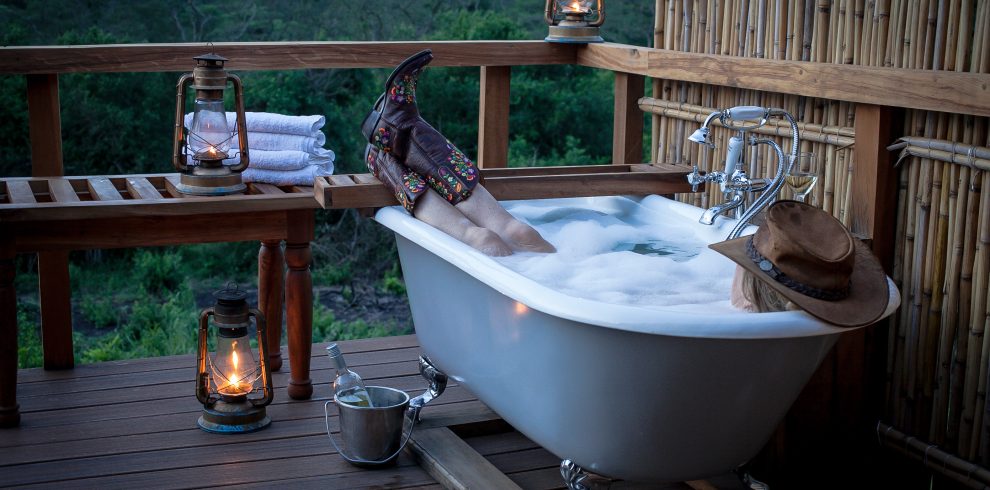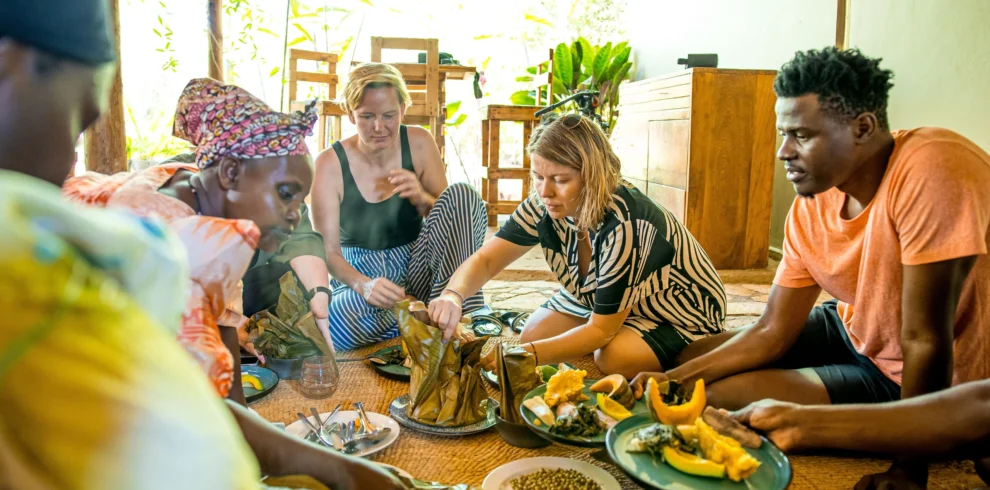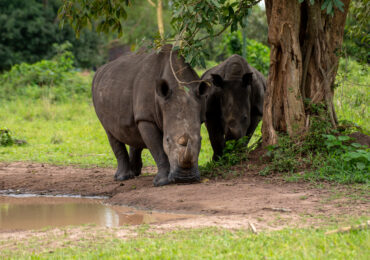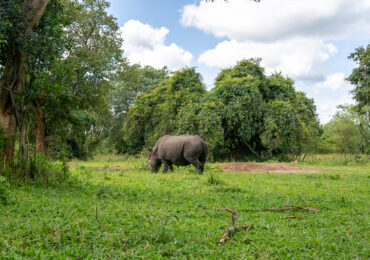- 3
- 4
- 7
- 4
- 1
- 2
- 1
- 1
- 2
- 2
- 1
- 3
- 3
- 5
- 3
- 3
- 4
- 4

- Jan
- Feb
- Mar
- Apr
- May
- Jun
- Jul
- Aug
- Sep
- Oct
- Nov
- Dec

- Jan
- Feb
- Mar
- Apr
- May
- Jun
- Jul
- Aug
- Sep
- Oct
- Nov
- Dec

Exclusive Safaris, Journeys and Experiences focused on minimizing negative impacts on the environment and local communities in Rwanda and Uganda in Africa.

Exclusive Safaris, Journeys and Experiences focused on minimizing negative impacts on the environment and local communities in Rwanda and Uganda in Africa.

 In a quiet stretch of Uganda’s savannah heartland, something remarkable is happening. What was once a silent landscape, emptied of its rhinos due to decades of poaching and war, is now pulsing with new life. Ziwa Rhino Sanctuary, located in Nakasongola District along the Kampala–Gulu highway, stands today as Uganda’s only home for wild rhinos—and a model for wildlife restoration, education, and eco-conscious tourism.
In a quiet stretch of Uganda’s savannah heartland, something remarkable is happening. What was once a silent landscape, emptied of its rhinos due to decades of poaching and war, is now pulsing with new life. Ziwa Rhino Sanctuary, located in Nakasongola District along the Kampala–Gulu highway, stands today as Uganda’s only home for wild rhinos—and a model for wildlife restoration, education, and eco-conscious tourism.
Spanning over 70 square kilometers of protected land, the sanctuary was established in 2005 by Rhino Fund Uganda in partnership with the Uganda Wildlife Authority to reintroduce and breed southern white rhinos in their natural habitat. From a founding population of just six individuals, Ziwa has grown into a thriving community of more than 30 rhinos, many born in the wild—a powerful symbol of hope, resilience, and recovery. But Ziwa is more than a conservation site; it is a living classroom, a tourism experience like no other, and a sanctuary not just for rhinos, but for community transformation.
The sanctuary’s signature activity is rhino tracking on foot—a thrilling and humbling opportunity to observe these magnificent animals up close in their natural environment. Led by experienced rangers, guests walk through the bush in search of free-roaming rhinos, often encountering mothers with calves, dominant bulls, or groups grazing quietly under acacia trees.
Unlike game drives, this walking safari slows everything down. There is a sense of awe in hearing the breath of a rhino just meters away, in feeling the earth shift beneath your feet, and in knowing that you’re witnessing a species once erased from this land making its proud return. The experience is both safe and profound—offering one of the most unique and ethical wildlife encounters in East Africa.
While rhinos are the stars of Ziwa, they are far from the only attraction. The sanctuary is a hidden gem for birdwatchers, boasting over 300 species, including the rare and elusive shoebill stork, African fish eagles, Abyssinian ground hornbills, and colorful kingfishers. With its diverse ecosystems of swamp, woodland, and savannah, Ziwa offers ideal conditions for birds to thrive.
Guided nature walks give travelers a deeper connection to the landscape. As you explore the trails, you may spot waterbucks, duikers, monkeys, and reptiles, all while learning about medicinal plants and ecological balance from local guides.
One of Ziwa’s most magical and lesser-known experiences is the early morning canoe ride through Lugogo Swamp—a peaceful wetland nestled within the sanctuary. This activity offers the best chance to spot the rare shoebill, often silently stalking the shallow waters in search of fish.
Gliding silently through the reeds as the sun rises is a moment of quiet beauty. The air is cool and fresh, birds call all around you, and the wilderness feels untouched. It’s a perfect pairing for those seeking both adventure and serenity.
More than a tourist attraction, Ziwa is a working conservation hub. Visitors can learn about the sanctuary’s breeding program, anti-poaching patrols, veterinary care, and habitat management—all of which are funded by eco-tourism. Rangers share stories of rhino births, rescues, and efforts to prepare these animals for eventual reintroduction into national parks.
Importantly, Ziwa is also a community-powered initiative. Many of its rangers and staff are from nearby villages. Through job creation, training, education, and benefit-sharing programs, the sanctuary has transformed former poachers into protectors and made conservation a local cause. By visiting, guests become part of this story—empowering communities and preserving Uganda’s wildlife heritage.
Ziwa is perfectly located as a stopover en route to Murchison Falls National Park, making it an ideal addition to any northern Uganda itinerary. Visitors can enjoy meals at the on-site lodge, spend the night in eco-friendly accommodation, and experience the sanctuary at sunset when the plains glow gold and wildlife begins to stir.
Whether you stay a few hours or overnight, Ziwa leaves a lasting impression—not just for its rare wildlife, but for the hope it represents. This is not just a place to see rhinos; it’s a place to understand what’s possible when people and nature stand together.

